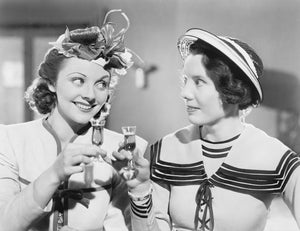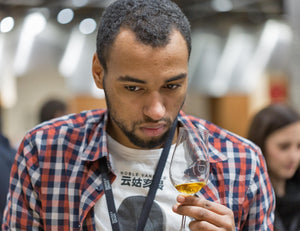
The Right Company
Across cultures and centuries, the enjoyment of alcohol has played a meaningful role in bringing people together. It is more than just a drink - it’s a gesture of connection, celebration, and tradition. A raised glass, a shared toast, a quiet sip among friends - these simple rituals create moments of warmth and belonging.
In Central Europe, the culture of spirits like schnapps has long been part of life’s significant occasions - from weddings and birthdays to anniversaries and everyday gatherings. Whether it’s an aperitif to welcome guests or a fine pear or apple schnapps shared after a long meal, these traditions offer more than taste; they offer a sense of place, purpose, and ceremony.
At the heart of this culture is balance - enjoying fine drinks in the right setting, with the right people, and always with intention. Rituals around how we serve, when we toast, and what we pour are not rules, but touchstones. They lend meaning and structure to our enjoyment, turning simple acts into lasting memories.
We believe in honouring this heritage with care and quality - crafting our schnapps not only to be savoured, but to bring people together. Whether it’s elevating a shared meal or marking a special moment, our spirits are made to be part of life’s best conversations.
Here’s to tradition, to company, and to the quiet elegance of a drink well made.

Guide to the Art of Tasting
Temperature Matters: To fully appreciate the complexity of a fine schnapps, temperature is key. Always serve it at room temperature - ideally between 18°C and 20°C.
Chilling dulls both aroma and flavour, hiding the nuances that make a premium spirit shine.
The Right Glass: Use a tulip-shaped glass or one designed to capture aroma. This allows the full bouquet of the schnapps to develop and enhances the tasting experience.
Recognising Quality: When schnapps is served very cold, its character is muted.
True fruit brandies reveal themselves through its aroma and flavour — it doesn’t need to be hidden behind temperature.
Savour Slowly: Take a small sip and let the flavour unfold gradually - from the tip of your tongue to the back of your palate. Each part reveals something unique. Slow down, enjoy the moment, and allow the schnapps to evolve with every sip.




